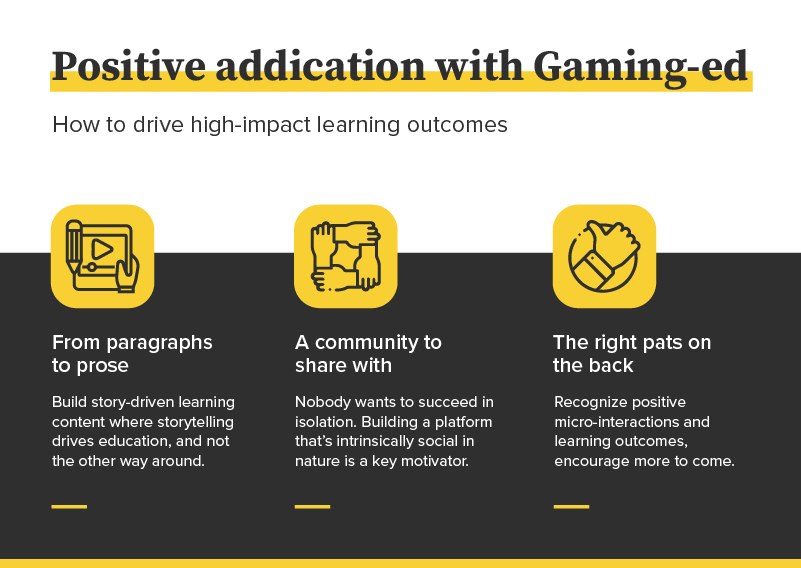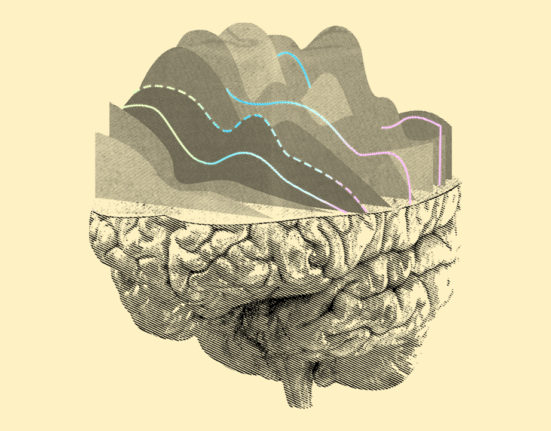To say that the Edtech industry is booming is an understatement. With $ 4 billion+ of capital having been pumped into the space in 2021 alone, Edtech players are basking in the glory of their newfound unicorn status. Vedantu, Byjus, upGrad, and Unacademy are seen as the flag-bearers of “innovation” in the education space. It started with Khan Academy providing free access to course material, and now, Vedantu’s 1-min long math & chemistry videos have amassed millions of followers on Tiktok.
This breakneck growth begs the question- is innovation actually happening? The views, impressions, and user reviews are all glowing — But is there any way to gauge if education’s late foray into the digital world is actually leading to better learning outcomes? Or are archaic methods of classroom instruction being window-dressed in plain sight to achieve, well, not much.
Sadly, we have reason to believe that it’s the latter.
Content Digitization Does NOT Equal Better Learning Experiences
The word ‘archaic’ might sting, but let’s be honest — education and learning have not evolved in the last millennium.
It involves one or more variations of instructor-led classroom learning. The teacher addresses a room(/zoom) full of students, and the latter take notes & engage through questions and opinions until the conceptual understanding of the construct is complete.

That’s it. Nothing more.
As much as the latest Edtech companies will have us believe that their platforms are path-breaking, going to the extent of convincing us that they gamify content to drive learning- they are in fact doing no such thing. The platforms include interactive quizzes, peer-to-peer learning exercises, stickers, and profile badges but the method of instruction remains largely linear, i.e., one person talking into the camera while learners pause, play, and repeat their way to understanding the coursework. And here’s where the problem lies.
Education is happening, learning is not.
Case in point: India ranked 73rd out of 74 in OECD’s Programme for International Student Assessment 2009 report, which measures critical thinking and problem-solving skills in 15-year-olds. (In the 10 years hence, India hasn’t attempted the assessment!)
The lack of long-term learning outcomes translates into a workforce that’s unprepared for the job market and struggles with thought leadership and innovation in the long run.
So where are the children, youth, and adults spending their time, and engaging far better with the content?
“Ugh, those damn video games”.
The Gaming Incline
The rise of the gaming industry has shattered expectations over the past couple of decades. What started with small LAN parties has now scaled to a bustling market of indie games, legacy giants, and large-scale competitive events.
According to market research firm Newzoo, immersive video games commanded a market cap of USD 180.3 billion as of 2021 at the peak of the pandemic. For context — the digital education market is currently at $46.7 billion.
Here’s our take on this — Gamified education, if done right, can be the perfect child of education and engagement, and create a long-term learning impact that’s far better than traditional approaches.
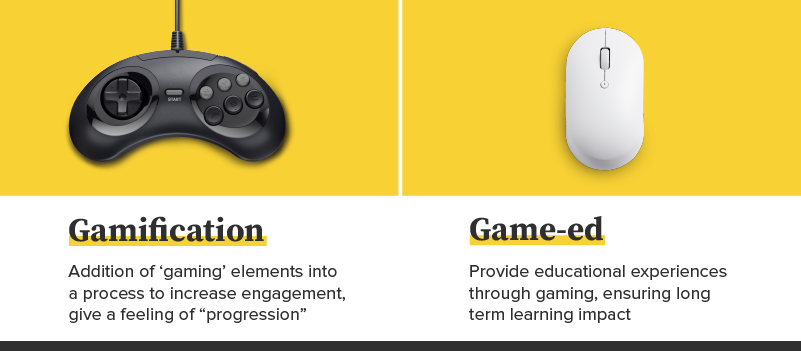
People have tried gaming-ed, and it’s beautiful
If you search for ‘educational games’, you’ll find games that mostly target elementary school students.
That’s because guilt and blackmail don’t work at young ages. Neither does the existential dread of your scores not being up to mark, and thus ruining your future.
Here, gaming-ed works. Emulating this pre-adolescent excitement and yearning for newness can be harnessed in creating memorable game-based learning experiences.
Here are three companies that do it well, for three different age groups and end objectives.
Scratch
For 8–16-year-olds interested in learning how to program, Scratch is the holy grail. Launched by MIT in 2007, Scratch enables kids to use computational tools to express themselves. Kids can use the free tool to create animations, games, music, and interactive stories.
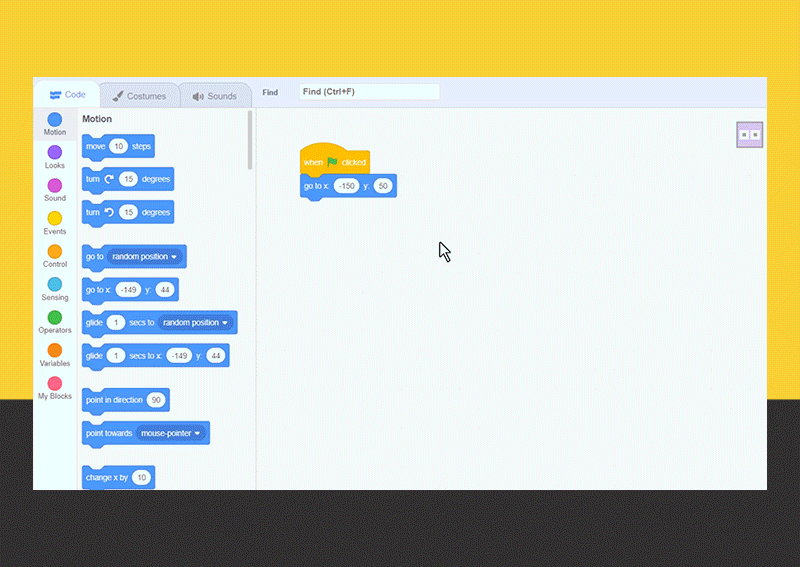
Instead of putting kids through elaborate instructor-led modules where they learn to code through rote memorization, this interactive cause and effect paradigm lets kids visualize how the code will look in action.
What’s even more exceptional is that this method eliminates the looming fear of being wrong that’s present in traditional learning- instead, this method simply highlights how different actions can lead to different outcomes, so kids can choose which path they wish to take.
Wharton Interactive
Take Scratch and deploy it in the space of management education and you get Wharton Interactive (WI). Well, somewhat. WI takes Harvard’s famed case study method-led MBA and spins it on its head. Why does it work? It’s immersive, action-oriented, and is grounded in replicating a real-world business scenario through a game-like simulation. The course description describes itself as an Alternate Reality Course, a game that combines world-class subject matter expertise, hyper-immersive interactive fiction, the science of learning, and innovative game design.
Have a look at this cadence to see a vivid example of how the game simulation mimics a real-life workplace exchange between colleagues.
Through email:
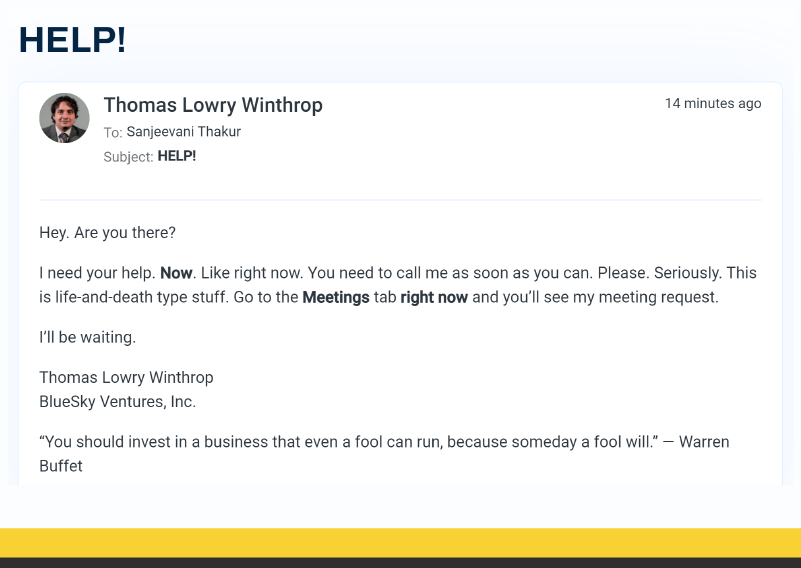
Through a multiple choice video chat where every response would spur a resulting reaction:
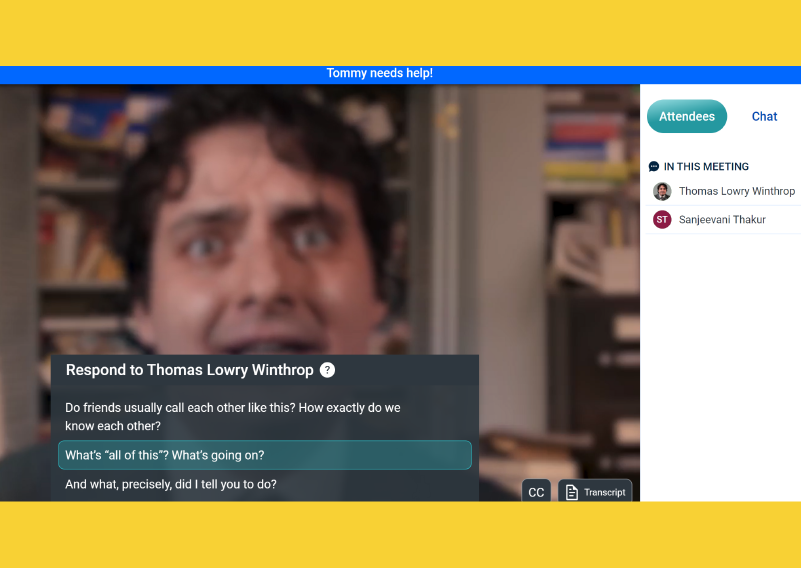
The game prompts you to pick a response closest to what your real-life reaction would seem like. In doing so, you can actually participate closely in a business problem encountered while working in a company – which is far more powerful than reading a transcript of an actual exchange. This game can be a blueprint for the first of many simulated case studies that enable learners to put themselves in the shoes of the decision-maker and walk around in them. Powerful right?
Honorary mention: Duolingo
While it’s definitely more of ‘gamification’ rather than pure gaming ed, as far as learning apps go, Duolingo is easily the EdTech world’s darling. This simple, yet effective goal-based language tool engages you so well that it’s easy to forget that you’re actually learning while you’re at it.
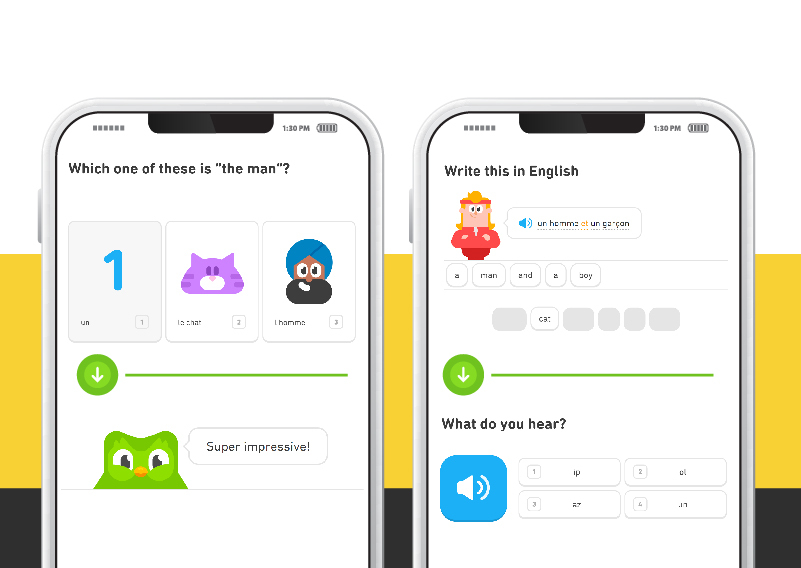
Similar pieces of content are portrayed and tested by employing various senses such as reading, listening, and problem-solving through the elimination of errors.
Moreover, the platform enables positive reinforcement through a display of verbal and audible positive reinforcement cues that encourage you to keep playing ( & uh, learning). To add to the fun, the app features a dashboard that displays all the details of the users’ learning streaks- another micro-interaction that incentivizes the users to keep up the good habit and continue with the bite-sized lessons every day.
So what elements of gaming-ed (not gamification) are needed in new-age education?
The goal is a positive addiction. New-age game companies venturing into education or EdTech companies building immersive games can benefit deeply from tapping into each other’s strengths.
